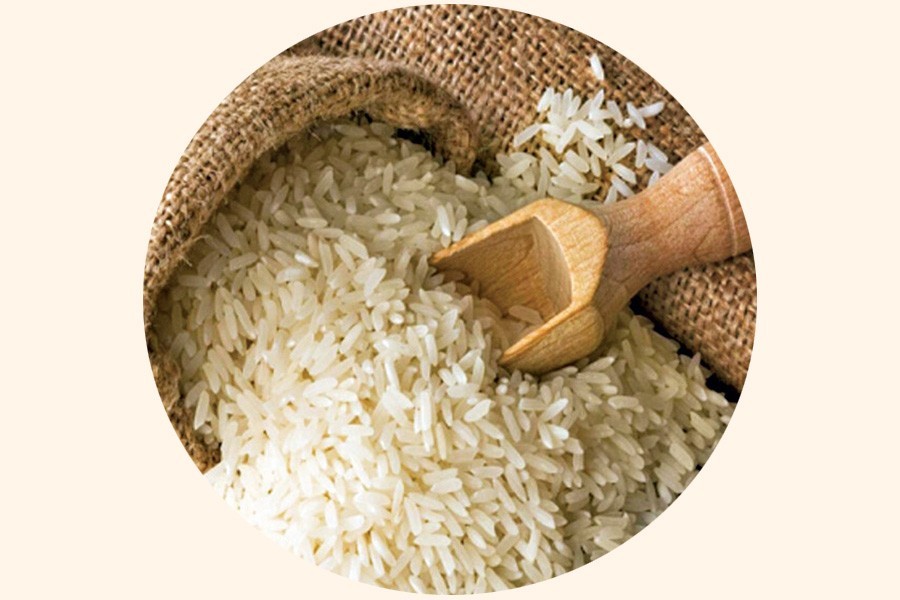Coarse rice prices have continued to trend higher even during this harvest season, adding to the woes of the low-income group amid the coronavirus pandemic.
Coarse rice varieties such as swarna, BR-11 and hybrid were selling at Tk 42-48 a kg at the retail level on Thursday, up from Tk 38-45 a kg seven days ago.
The prices rose for the second time in the last two and a half weeks, according to sources.
The state-run Trading Corporation of Bangladesh (TCB) recorded a 4.0 per cent hike on an average in a week while the figure was 10-14 per cent for the last two weeks.
The current price of coarse rice during this Boro harvesting season is 20 per cent higher than in the last year, according to the TCB.
Boro harvest is a major harvest season which provides 20 million tonnes of rice or 57 per cent of total rice output, according to the Bangladesh Bureau of Statistics (BBS) data.
The rice prices have been increasing at a time when harvest and primary trading of Boro paddy and rice have been going on across the country, said agriculture economist Prof Golam Hafeez Kennedy.
This is not a good sign during these times of pandemic, as people's income has dropped drastically, he added.
The sudden hike in coarse rice prices means it would further hurt the poor who have already been going through financial hardships caused by the pandemic, he explained.
Prof Golam Hafeez suggested that the government should procure at least 5.0 million tonnes of rice and paddy this year to build a strategic food stock in order to prevent any possible food shortage.
He also pointed out that local governments such as Union Parishads have totally failed to ensure proper distribution of food aid among the people.
So, the civil administration should be given the responsibilities for food aid distribution during this critical period, he said.
Contacted, Chairman of Agrarian Research Foundation, Bangladesh (ARF) Prof Abdul Hamid said many importers-cum-millers are keen to import rice from the international market and that a lobby is active to make import easier so as to reap windfall profits.
If rice output totals 19-20 million tonnes during this Boro season, there is no need to reduce the existing high duties on rice import, he said.
The government agencies concerned should provide most authentic data about the food production within this month so that policymakers could take necessary action immediately based on their reports, he added.
And if they could figure out that there is any possibility of rice shortage, the government might rethink of import, he said.
Presently, there is a total of 57 per cent duties on rice import.
The government eyes 20.04 million tonnes of rice output from 4.75 million hectares of land this Boro season.
The rice production hit an all-time high at 20.03 million tonnes in the last Boro season when the paddy was cultivated on 4.9 million hectares of land, according to the Department of Agricultural Extension (DAE).
High prices of coarse rice in the mainstream market, however, affected the public food procurement.
The government purchased 0.23 million tonnes of paddy and rice in the last two months against its target of 1.95 million tonnes.
Presently, public food warehouses have 0.88 million tonnes of rice, which was 13.5 million tonnes two months ago, according to the Directorate General of Food.


